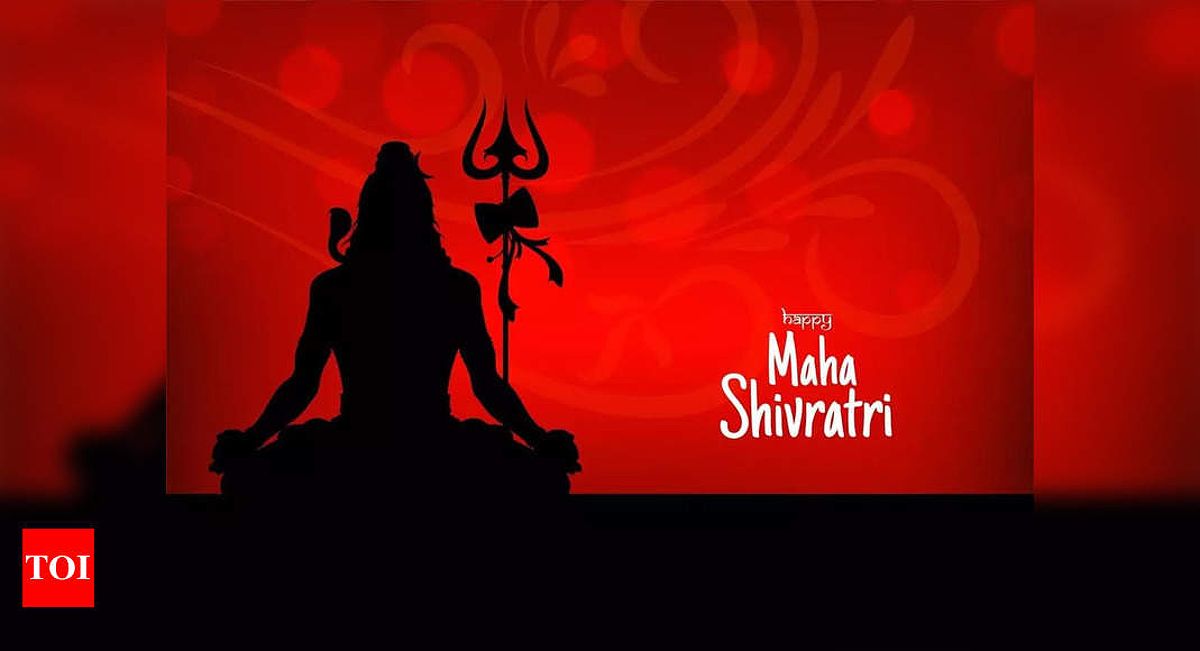Learn the fasting rules for Mahashivratri, an auspicious Hindu festival dedicated to Lord Shiva. Discover the types of fasts you can observe and the rituals to follow on this sacred day.
Mahashivratri Fasting Rules: How to Observe a Fast on Mahashivratri
Mahashivratri is an auspicious Hindu festival dedicated to Lord Shiva. It is celebrated with great enthusiasm and devotion across the country. As the festival approaches, people are preparing to observe fasts and offer prayers to seek the blessings of Lord Shiva. If you are planning to observe a fast on Mahashivratri, here are the fasting rules you should keep in mind.
Mahashivratri will be celebrated on March 8, 2024. The fasting period will begin from midnight on March 8 and end at sunrise on March 9, 2024. There are three types of fasts that you can choose to observe.
Nirjala Vrat: The Strictest Form of Fasting
In this fast, you abstain from both food and water throughout the fasting period. It requires immense dedication and willpower. While it may be challenging, many individuals choose this fast to show their devotion and seek the blessings of Lord Shiva.
Phalahara Vrat: Fasting with Certain Liquids
If you find it difficult to observe a strict fast, you can opt for the Phalahara Vrat. This type of fasting allows you to consume certain liquids like tea, water, coffee, coconut water, Lassi, fruit juice, and dry fruits (non-salty). It provides some nourishment while still maintaining the essence of the fast.
Samapta: Fasting with One Meal
The Samapta fast allows you to consume all the items mentioned in the Phalahara fast, along with one meal. The meal can include sweets such as rice kheer, makhana kheer, jaggery kheer, soojhi halwa, or any other sweet dish. It provides a more substantial source of energy while still adhering to the fasting guidelines.
Breaking the Fast: Rituals and Recommendations
To break your Mahashivratri fast, it is recommended to take a holy bath and perform a puja by lighting a diya with desi ghee in front of Lord Shiva and Goddess Parvati. Offer homemade sweets, fruits, and bhog prasad such as sabzi poori and raita. First, offer the prasad to the deities and then consume it. Non-vegetarian food should be strictly avoided on this day.
Rules and Rituals for Mahashivratri
Apart from observing the fast, there are certain rules and rituals to follow on Mahashivratri:
- Wake up early in the morning and take a holy bath before starting any puja rituals.
- Clean your house, especially the puja room where Lord Shiva is placed.
- Avoid consuming salt on Mahashivratri.
- Follow a sattvik lifestyle and refrain from tamasik activities like eating meat, onion, garlic, gambling, fighting, or abusing.
- It is considered inauspicious to cut hair and nails on Mahashivratri.
- Engage in meditation to connect with Lord Shiva on this auspicious day.
- Chant mantras to seek the blessings of Lord Shiva.
- Perform Jalabhishekam or Rudrabhishekam to please the Lord.
- Reading holy books such as Shiv Chalisa is considered rewarding for those observing the fast.
- Pregnant women, older people, and those who are unwell or unable to observe a complete fast can consume vegetarian food prepared with sendha namak or rock salt. After sunset, they can consume phalahara.
Remember, Lord Shiva is known for his compassion and looks for good intentions and purity. So, observe the fast according to your physical health and capabilities. May this Mahashivratri bring you blessings and fulfillment in your life.

